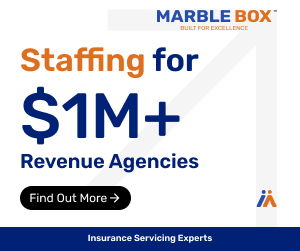REFINE
Here’s where all the owners and managers like to concentrate – the Tactical Plan for the next year.
Hopefully, you are planning a month or more before the beginning of your fiscal year. If not, consider changing your Planning cycle next year. The month or two in lead time in planning allows you to set up your assets and personnel to permit you to be ready to implement the Plan at the start of the year. Establish Objectives with an owner for each, stating the position of that goal at the end of the planning year. Action Plans are the most important part of the Plan since they determine “how” the objectives can logically be implemented. While both objectives and action plans are ‘reality tested’ by the participants, the key is not to permit yourselves to pursue unrealistic action plans with the expectation that performing far beyond your realistic capabilities will yield the desired results at the end of the year. You won’t perform beyond what you are capable of doing without changes in your methods or assets and you will probably not make the goals you set. That’s not the fault of the objectives. That’s the result of faulty action planning.
Remember that Action Planning and Objectives are not the only components of the Plan. You must have monthly Benchmarks for every Objective and every Action Plan. This is your method of adding discipline to the process and making your Plan the working document of the agency on a daily, weekly and monthly basis. You will have a meeting shortly after each month end with the agenda pre-set as the reporting of the Benchmarks of every Action Plan and Objective. You are NOT to edit, analyze or criticize any benchmark result during the three months of a quarter. Every Action Plan deserves at least a quarter to prove its success or need for refinement. At the quarterly meeting, each objective owner whose results of action plans or benchmarks are more than 10% deviant from plan – positive or negative – must
a) rationalize to the management team why the Action Plan should remain the same by justifying how will it yield different results OR
b) determine what should be changed in the Action Plan to permit the objective to be reached by the end of the year OR
c) decide how the objective must be changed to accommodate the changed Action Plans and the realities of the year.
Beyond the Action Planning and Benchmarking, we must remind ourselves that the entire process is driven for and by the agency’s budget. Create one during the planning cycle that represents expense trends and known expense events and the retention and new business objectives that are presented by the plan participants for the agency. Each month of the year, your Operating Statement should be compared to budget. At the quarter, the financial forecast can be changed to respond to the realities of the year, permitting you to realize as early in the year as possible the financial results of the agency.
As always, we stand ready to assist any agency in the creation and implementation of a Strategic and Tactical Plan. Simply call and let’s discuss how best to implement the planning process for your agency. Don’t consider size an issue. We assist in planning for small agencies of $500,000 and less and for agencies of $25 Million in revenues.
Reprinted from the PIPELINE, the national newsletter for agency principals. The PIPELINE is published by Agency Consulting Group, Inc., a leading consulting firm for independent agents in the U.S. for over 20 years. Call 800-779-2430 for information about the content of this article or PIPELINE subscription information. E-mail info@agencyconsulting.com – Website www.agencyconsulting.com.
















